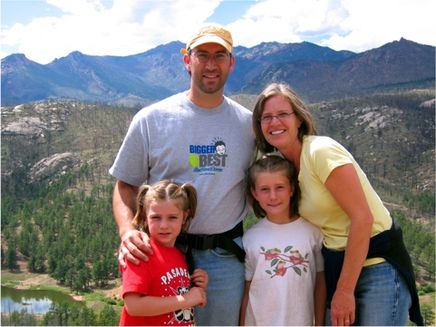Seed Starting Tips for the Inland Northwest
Below is a Re-post from two
years ago. I can tell from Google searches that people are starting to
think about starting seeds. I'll follow up next week. Go here to see the informative comments to the previous posting of this information.
This will be my third year of starting seeds in the house to be planted out in the garden after the weather warms up. I see myself as a sort of apprentice in this, learning and soaking up information from the older generations who have been doing this their whole lives. I only discovered it because the folks we bought our house from, had a nice little garden all ready for us to harvest when we moved in three years ago. I have several friends that have been asking me about how to go about this, so I thought I would offer some basic tips here on how to do it. I'm no expert but here are some things I have learned.
The traditional last freeze date in Spokane is May 15. Most seed packets offer instructions for starting seeds around this last freeze date. For tomatoes it's usually 6-8 weeks before last freeze. For cabbage variety plants it's usually 8-10 weeks before last freeze. For onions it's usually 10 weeks before last freeze. Some stuff is better left to start directly in the garden. Pumpkins and squash are persnickety about having their roots disturbed, so if you do start them indoors don't mess with their roots. Here's a map showing the last freeze dates. Note that this doesn't guarantee it won't freeze after that date so be ready to cover stuff up in an emergency.
A good seed starting medium makes all the difference. The best stuff in the Spokane Valley is available from GEM Garden and Greenhouse. Bruce Metzger is the man behind the mix. He has a PHD in horticulture, has his own seed varietal for early girl tomatoes, and unless you drive slow and look hard you'll drive right by his sign. Park on the street and walk back under the huge tree limbs to the Greenhouses. If you don't see Bruce just call out his name and he'll emerge from somewhere. His soil mix is the best around and you'll want to return later in May to get your plant starts. His tomato starts go quick so don't wait too long.
Spokane Valley tribal wisdom says don't stick anything in the ground until Mica Peak is free of snow. I know people who put their whole garden in at the beginning of May and take their chances. In recent years they've been fairing pretty well. Another local legend says to plant your potato seeds on Good Friday. Note that Good Friday is really early this year so I'd wait awhile. I've planted them as late as late May and they've done fine. Northwest Seed and Pet is a good place to get your potato starts. They have a good variety.
Who else has some local wisdom and experience they can share?
